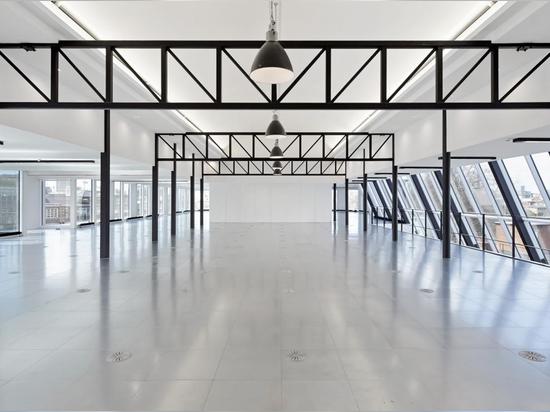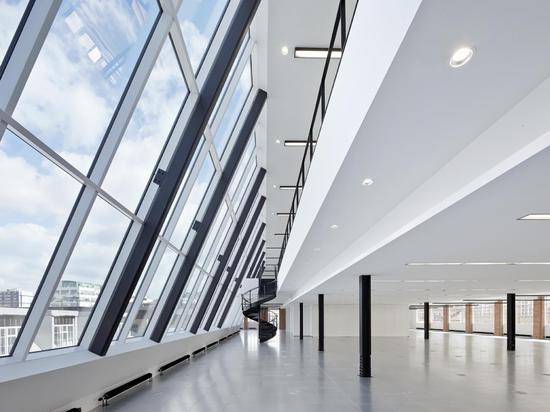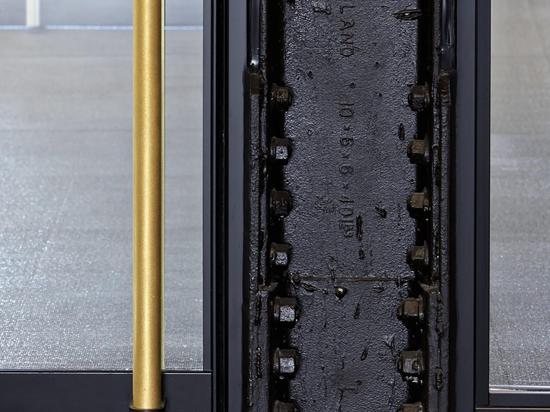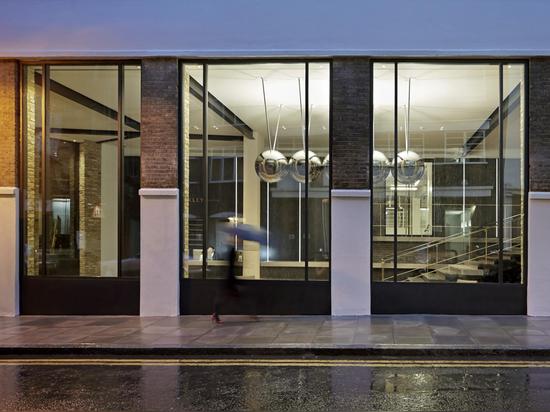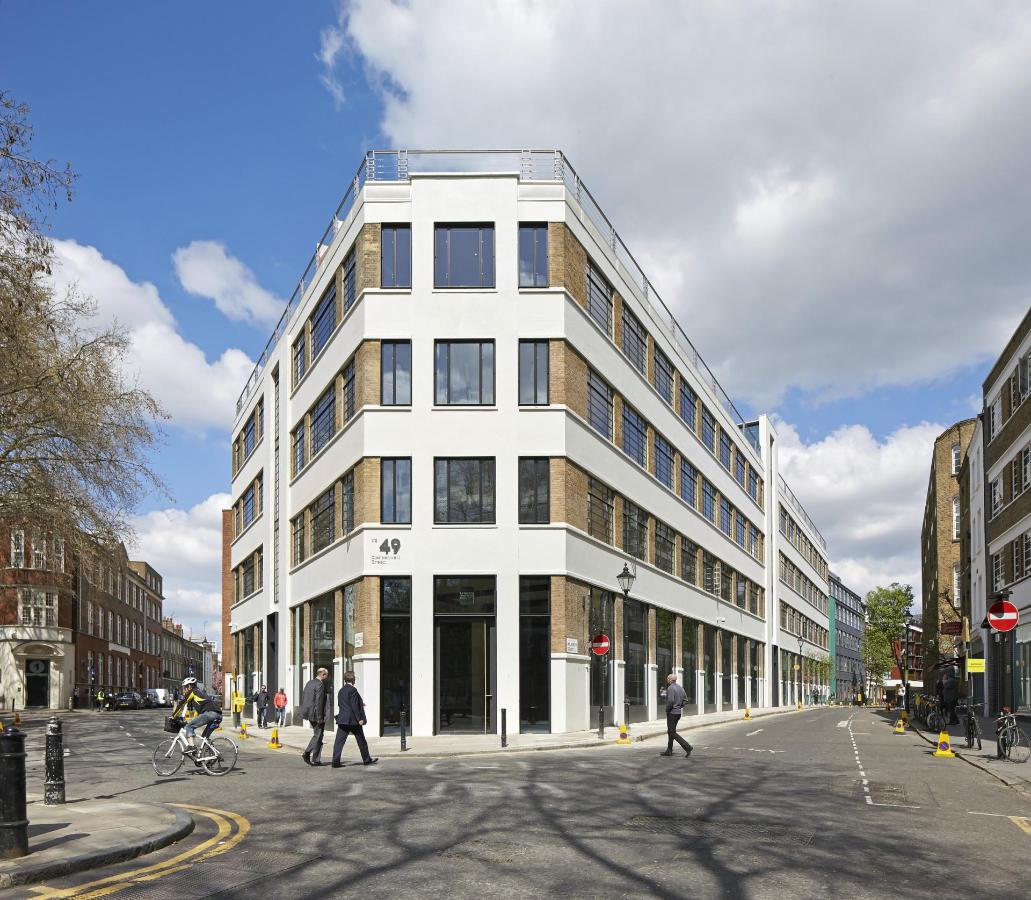
#COMMERCIAL ARCHITECTURE PROJECTS
The Buckley Building
Refurbishment of a industrial building in which the way addresses the surrounding streets.
BuckleyGrayYeoman Architects has completed the £15 million refurbishment of Derwent London’s Buckley Building. Located on Aylesbury Street at the north-eastern end of Clerkenwell Green, The Buckley Building offers over 87,000 sq ft of high quality office accommodation with ground level retail in the heartland of many of London’s creative industries.
BuckleyGrayYeoman was commissioned by Derwent London in late 2010 to transform the architectural identity of the existing six-storey 1930s industrial building, originally converted into offices in the late 1980s, to create exciting interior spaces, including site-specific artworks and bespoke furniture.
The practice has completely reworked the way the building addresses the surrounding streets, adding full-height glazing at ground level and creating a new entrance facing onto the public space of Clerkenwell Green. This maximises the civic presence of the building, which occupies a prominent island site.
Matt Yeoman, Director at BuckleyGrayYeoman, said:
“For a building on such a fantastic site, the Buckley Building felt disconnected from its surroundings, with the structure’s architectural merit hidden away by the 1980s conversion. Our design has addressed these issues and
created characterful, high-quality office space on large, open floorplates.
“The original 1930s factory provided a great basis for the conversion thanks to its robust, well-lit spaces with high ceilings and period detailing, giving us a head-start. Our key challenge was maximising the potential of what was already there and the building is full of thoughtful, practical interventions that do just that.
“The opening is an especially important moment for our practice as Derwent London named the building after Richard Buckley, one of our late founding partners.”
BuckleyGrayYeoman’s approach was to produce a modern, versatile office building that retains and celebrates the original industrial character of the structure. The practice achieved a significant gain in floor area by infilling a central atrium that had been an unnecessary feature due to the nearoptimal depth of the building. The resulting floorplates allow for continuous, well lit, open-plan spaces that provide flexible configuration options for occupiers.
Drama is added to the top floors through a double height space, linked by a spiral staircase, and the addition of a steeply sloping glass roof. The original vaulted ceilings of the top floor combine with the building’s riveted steel columns, as well as a number of other original features found throughout the buildings, to create modern workspaces that reflect the building’s past.
